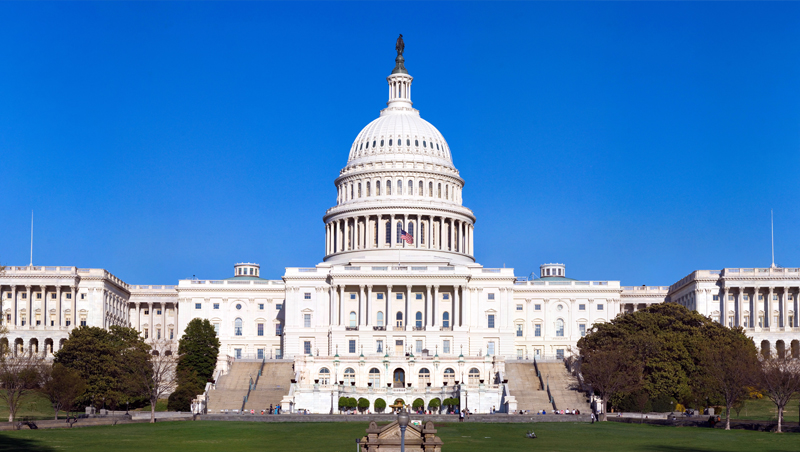The Legislative Branch of the U.S. federal government makes laws. The Legislative Branch is made up of the House of Representatives and the Senate. Together these form the U.S. Congress.
First, a bill is created by a Member of Congress. A bill that is passed by both the House of Representatives and the Senate, then moves on to the President to be signed. Once a bill is signed by the President, it becomes a law.
Laws can do many things including setting aside funding for a federal agency, like the Indian Health Service, or a grant program, like the Special Diabetes Program for Indians.
There are several ways you can advocate to the Legislative Branch:
- Write to, call, or visit your Members of Congress. It is most effective to write to or call your Member of Congress when a bill will soon be voted on since they can take immediate action. Make sure to include the specific bill number if you can. You can find your Representatives’ email addresses on their website, or their website may have a form for you to fill out. Not sure who your representative is? Search your zip code on this website to learn who represents you in Congress.
- Attend town halls or other events hosted by your Members of Congress. Follow them on social media or look on their websites to know when they hold events.
- Tune into Senate or House hearings on bills you are interested in to stay informed. The Senate Committee on Indian Affairs posts hearings on their website, which you can watch here.
- Learn more about how a bill becomes a law from the House of Representatives’ House Clerk.
Author: Abaki Beck (Blackfeet and Red River Metis) is a freelance writer and public health researcher passionate about health equity in Native communities, particularly for justice-involved community members. She earned her Master’s in Public Health in 2020 and grew up in Montana.


